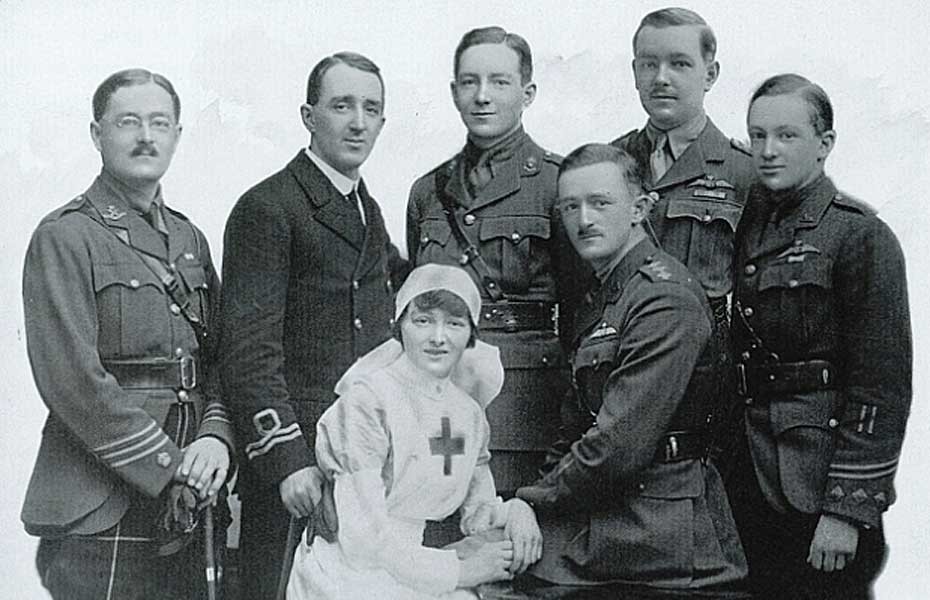Malcolm McBean Bell-Irving, 22, of Vancouver, made his way to Britain in August 1914 and joined the Royal Flying Corps in September, reportedly the corps’ first Canadian-born pilot, the first Canadian pilot to make a kill in the war, and the first Canadian pilot to be decorated.
He joined No. 1 Squadron at Netheravon, England, in December 1914 and flew his first reconnaissance mission in France in March 1915. Within a month, he was wounded for the first time, over Hill 60.
He survived at least one accident and many dogfights. In early days before machine guns were mounted on planes, pilots used handguns and shotguns against the enemy. Once when Bell-Irving’s revolver misfired, he threw the gun at a German pilot, hitting him in the head.

His flying career ended on June 20, 1916, when his Morane scout plane was attacked while on a photo-reconnaissance mission. In the citation accompanying his Military Cross, the Gazette reported: “When severely wounded in the head by fire from an anti-aircraft gun, and half blinded by blood, he steered for the nearest aerodrome and feeling that he could not last out, landed safely in a small field well within our lines. After giving orders for the safe delivery of his photos, he collapsed. His pluck and skill saved his observer.”
He spent three months in Lady Ridley’s Hospital in London, where he remained unconscious for some time. He returned to Canada, was promoted to major and served out the war as a liaison officer with the Royal Flying Corps.
Advertisement











